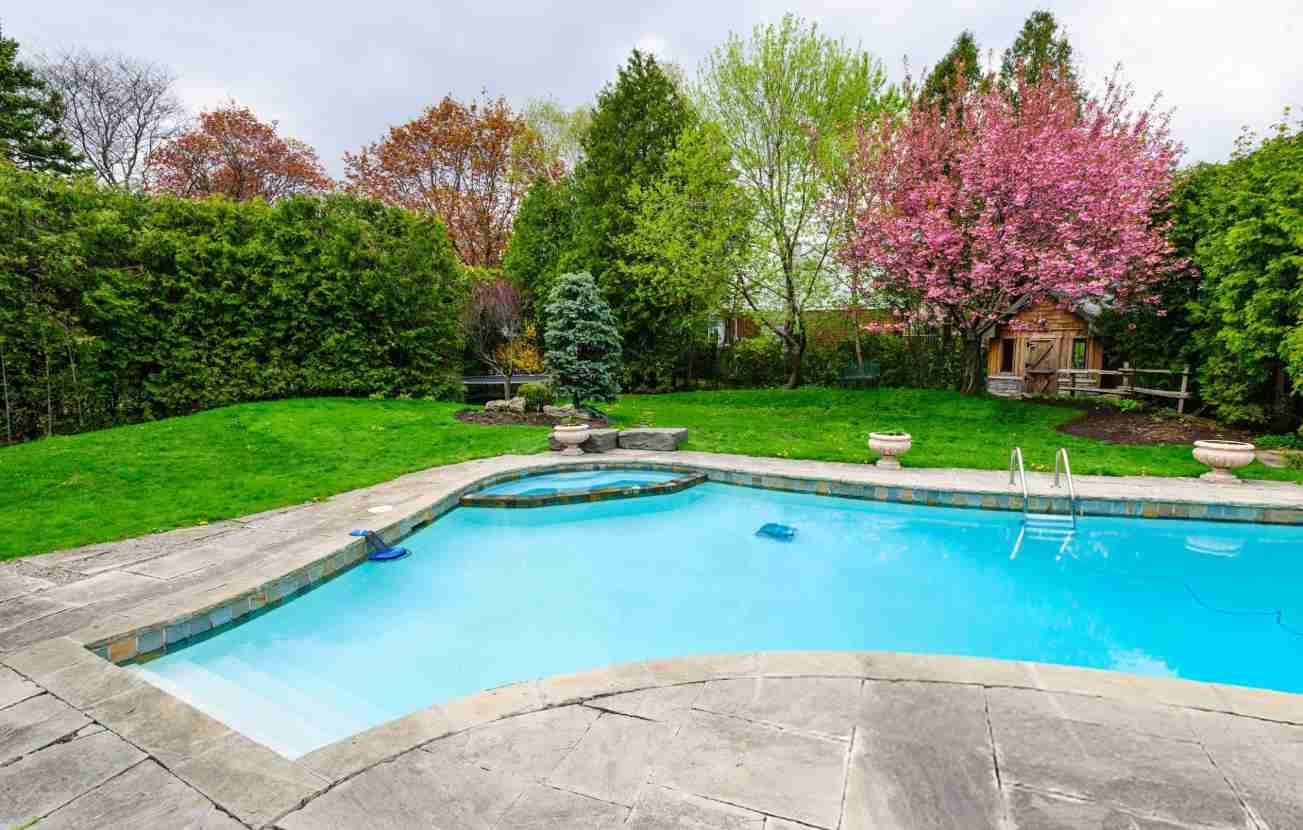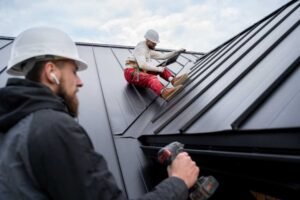So, you’ve decided to build a pool. Exciting move. But what actually happens once you give the green light? It’s not as simple as digging a hole and filling it with water. A pool build is a proper process, and knowing the stages ahead of time helps set the right expectations.
Whether you’re planning a simple plunge pool or something more elaborate, the phases are generally the same, and each one plays a key role in making sure the end result is safe, functional, and built to last.
Contents
Site Inspection and Planning
Before swimming pool construction starts, there’s a bit of behind-the-scenes work. A pool build starts with assessing your block. The slope, soil, drainage, and access for equipment… these all come into play. A pool designer or builder will usually visit the property to take measurements, note any tricky spots, and work out what’s actually possible in the space you’ve got.
You’ll also need to consider:
- Local council regulations
- Easements or underground services
- Existing landscaping or structures
At this stage, decisions are made about shape, size, depth, and placement. You’ll also choose finishes, like the interior surface and any tiling, though those may be confirmed later down the track. This planning phase often includes engineering drawings, formal quotes, and council approvals. It’s the least exciting part, but absolutely necessary to avoid delays once work begins.
Excavation
Now we’re moving. Once plans are approved, the digging begins. Excavation involves heavy machinery carving out the space where your pool will sit. Depending on soil type and access, this can take anywhere from a day to several days.
Expect mess. This stage is loud, dusty, and disruptive, but it’s also quick. A few things can impact how smoothly excavation goes:
- Rocky ground or clay soil
- Poor access for machinery
- Unexpected services underground (even with pre-checks)
The hole is dug slightly larger than the finished pool to allow for the structural shell. Once it’s done, you’ll get your first real look at the size and shape of your future pool.
Steel and Plumbing
After the hole is in, things start to take shape. Steel is laid in a criss-cross pattern throughout the hole to form a structural cage. This steel skeleton reinforces the concrete shell and adds strength to the entire build.
Around the same time, plumbing gets roughed in. This includes:
- Skimmers and return lines
- Suction and cleaning lines
- Any water features or spa jets
- Provision for heating systems
This is one of those stages you don’t really see in the finished product, but it’s crucial for long-term performance. Proper plumbing now means fewer issues later.
Concrete Shell
Once steel and plumbing are in, it’s time to pour the concrete shell. This stage is usually done using a method called shotcrete or gunite, where concrete is sprayed at high pressure over the steel frame. Once sprayed, it’s shaped and smoothed by hand.
After the pour, the concrete needs time to cure. And this isn’t a quick overnight dry.
It generally takes around 28 days for full curing. That doesn’t mean you’re waiting around the whole time, but work slows down here to allow the structure to settle. During this stage, you’ll likely be instructed to lightly hose down the shell daily to avoid cracking.
Tiling and Waterproofing
Now the build starts to feel a bit more polished. If you’ve opted for waterline tiles, this is when they go on. These not only look good; they protect the pool’s surface from scum build-up where water meets air. If you’re going for fully tiled interiors, that can also be done at this point.
Depending on the finish you’ve chosen, a waterproof membrane might also be applied before the interior surface is installed.
This stage can vary quite a bit depending on materials and design. Simpler finishes are quicker. Custom mosaics or intricate stonework take more time and skill.
Coping and Surrounds
Once the pool itself is well underway, attention shifts to the outside. Coping is the material that edges the top rim of the pool, where water meets land. It’s both decorative and functional, creating a smooth, safe edge and tying the pool into its surrounds.
At this point, other outdoor areas might be built too:
- Pool decks or patios
- Garden beds or turf
- Retaining walls or fencing footings
This is when your backyard starts to come together as a whole space, not just a construction site.
Interior Finish
We’re getting close now. The interior finish is what gives your pool its final look and feel. There are different types: pebble, quartz, glass bead, or fully tiled. The material you choose will affect the colour, texture, and durability of the pool.
Once the surface is applied, it’s time to fill the pool. Yep—this is when water finally enters the picture. After weeks of dust and concrete, the water brings it all to life.
But you’re not quite done yet.
Handover and Setup
Before you can start swimming, the builder will do a final check of the plumbing, filtration, and electrical systems. They’ll usually show you how everything works:
- Pump and filter settings
- Water testing and chemical balancing
- Cleaning and maintenance basics
You may also have someone come out to do the initial water balancing and ensure everything’s chemically sound. The first few weeks are important for keeping things stable while the new surfaces settle in.
At this point, fencing should be fully installed and certified. No pool is legally complete without a compliant safety barrier.
Ready to Build?
Building a pool is a big project. It takes planning, patience, and a bit of flexibility when the unexpected pops up. But once it’s done? You’ve got a backyard centrepiece that adds value, creates memories, and makes hot days way more bearable.



